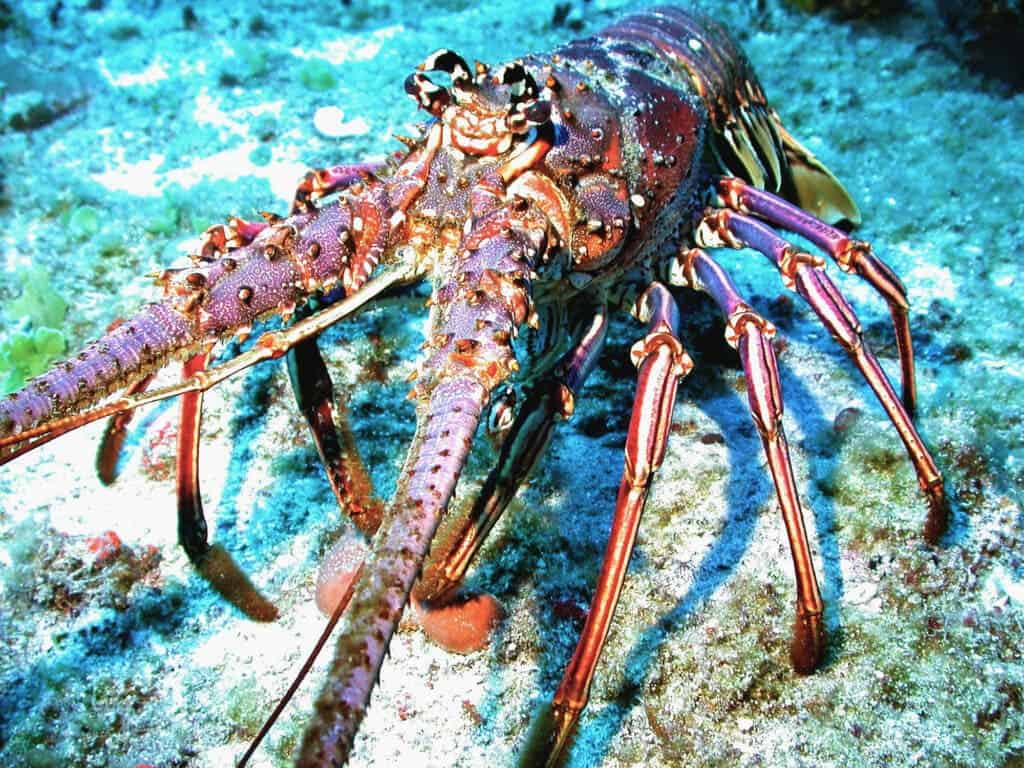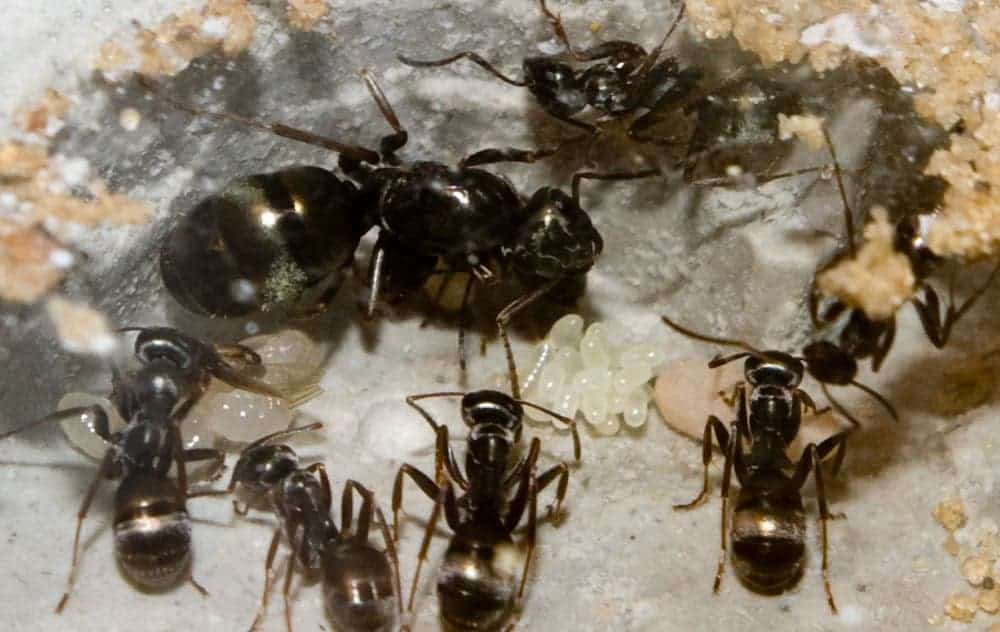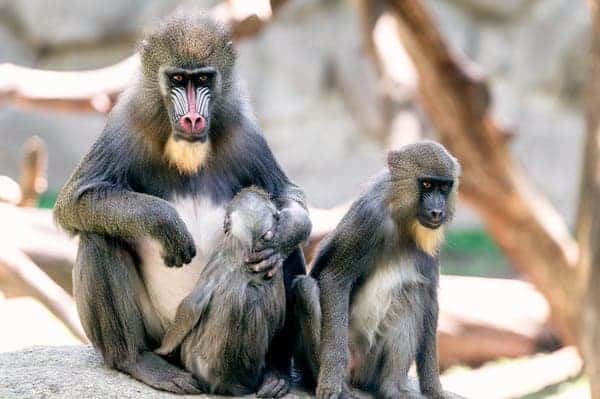
Social distancing to combat COVID-19 is profoundly impacting society, leaving many people wondering whether it will actually work. As disease ecologists, we know that nature has an answer.
Animals as diverse as monkeys, lobsters, insects, and birds can detect and avoid sick members of their species. Why have so many types of animals evolved such sophisticated behaviors in response to disease? Because social distancing helps them survive.
In evolutionary terms, animals that effectively socially distance during an outbreak improve their chances of staying healthy and going on to produce more offspring, which also will socially distance when confronted with disease.
We study the diverse ways in which animals use behaviors to avoid infection, and why behaviors matter for disease spread. While animals have evolved a variety of behaviors that limit infection, the ubiquity of social distancing in group-living animals tells us that this strategy has been favored again and again in animals faced with high risk of contagious disease.
What can we learn about social distancing from other animals, and how are their actions like and unlike what humans are doing now?
Feed the sick, but protect the queen
Social insects are some of the most extreme practitioners of social distancing in nature. Many types of ants live in tight quarters with hundreds or even thousands of close relatives. Much like our daycare centers, college dormitories, and nursing homes, these colonies can create optimal conditions for spreading contagious diseases.

In response to this risk, ants have evolved the ability to socially distance. When a contagious disease sweeps through their society, both sick and healthy ants rapidly change their behavior in ways that slow disease transmission. Sick ants self-isolate and healthy ants reduce their interaction with other ants when disease is present in the colony.
Healthy ants even “close rank” around the most vulnerable colony members – the queens and nurses – by keeping them isolated from the foragers that are most likely to introduce germs from outside. Overall, these measures are highly effective at limiting disease spread and keeping colony members alive.
Many other types of animals also choose exactly who to socially distance from, and conversely, when to put themselves at risk. For example, mandrills – a type of monkey – continue to care for sick family members even as they actively avoid sick individuals to whom they are not related. In an evolutionary sense, caring for a sick family member may allow an animal to pass on its genes through that family member’s offspring.
Further, some animals maintain essential social interactions in the face of sickness while foregoing less critical ones. For example, vampire bats continue to provide food for their sick groupmates, but avoid grooming them. This minimizes contagion risk while still preserving forms of social support that are most essential to keeping sick family members alive, such as food sharing.
These nuanced forms of social distancing minimize costs of disease while maintaining the benefits of social living. It should come as no surprise that evolution favors them in many types of animals.
Altruism makes us human
Human behavior in the presence of disease also bears the signature of evolution. This indicates that our hominid ancestors faced many of the same pressures from contagious disease that we are facing today.
Like social ants, we are protecting the most vulnerable members of our society from COVID-19 infection by ensuring that older individuals and those with pre-existing conditions stay away from potentially contagious people. Like monkeys and bats, we also practice nuanced social distancing, reducing non-essential social contacts while still providing essential care for sick family members.
There also are important differences. For example, in addition to caring for sick family members, humans sometimes increase their own risk by caring for unrelated individuals, such as friends and neighbors. And health care workers go further, actively seeking out and helping precisely those who many of us carefully avoid.

Altruism isn’t the only behavior that distinguishes human response to disease outbreaks. Other animals must rely on subtle cues to detect illness among group members, but we have cutting-edge technologies that make it possible to detect pathogens rapidly and then isolate and treat sick individuals. And humans can communicate health threats globally in an instant, which allows us to proactively institute behaviors that mitigate disease. That’s a huge evolutionary advantage.
Finally, thanks to virtual platforms, humans can maintain social connections without direct physical contact. This means that unlike other animals, we can practice physical rather than social distancing, which lets us preserve some of the important benefits of group living while minimizing disease risk.
Worth the disruption
The evidence from nature is clear: Social distancing is an effective tool for reducing disease spread. It is also a tool that can be implemented more rapidly and more universally than almost any other. Unlike vaccination and medication, behavioral changes don’t require development or testing.
However, social distancing can also incur significant and sometimes unsustainable costs. Some highly social animals, like banded mongooses, do not avoid group members even when they are visibly sick; the evolutionary costs of social distancing from their relatives may simply be too high. As we are currently experiencing, social distancing also imposes severe costs of many kinds in human societies, and these costs are often borne disproportionately by the most vulnerable people.
Given that social distancing can be costly, why do so many animals do it? In short, because behaviors that protect us from disease ultimately allow us to enjoy social living – a lifestyle that offers myriad benefits, but also carries risks. By implementing social distancing when it’s necessary, humans and other animals can continue to reap the diverse benefits of social living in the long term, while minimizing the costs of potentially deadly diseases when they arise.
Social distancing can be profoundly disruptive to our society, but it can also stop a disease outbreak in its tracks. Just ask ants.
This article is republished from The Conversation under a Creative Commons license. Read the original article.
Article authors: Dana Hawley, Professor of Biological Sciences, Virginia Tech and Julia Buck, Assistant Professor of Biology, University of North Carolina Wilmington


